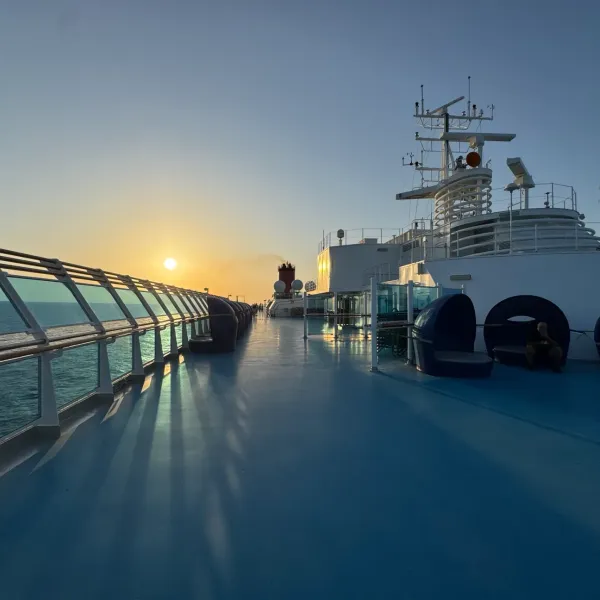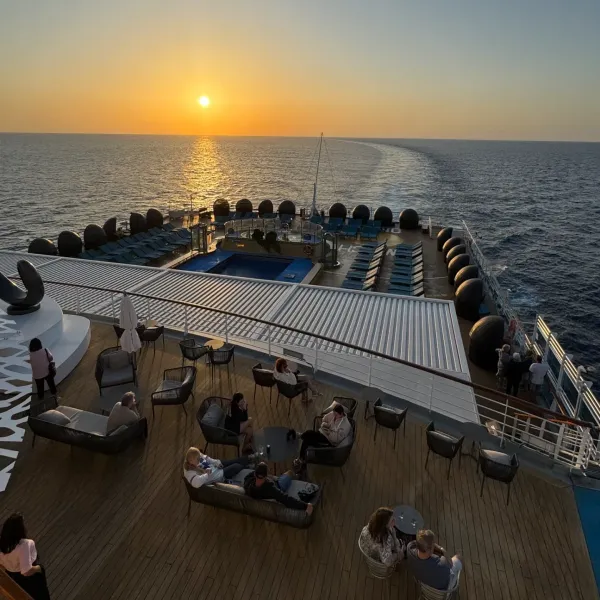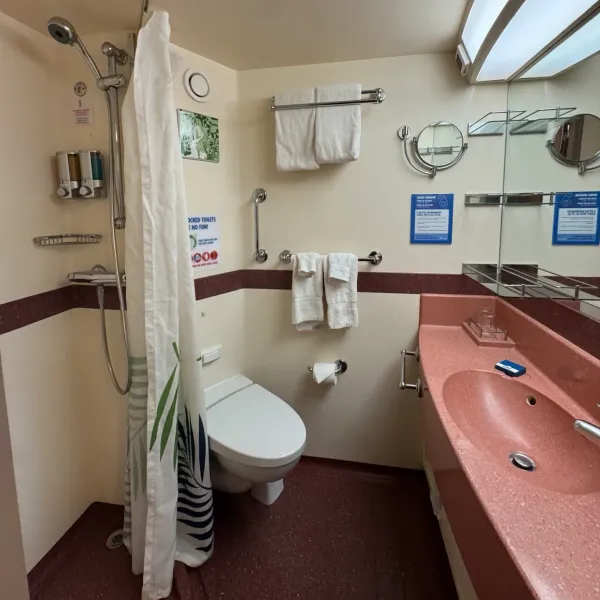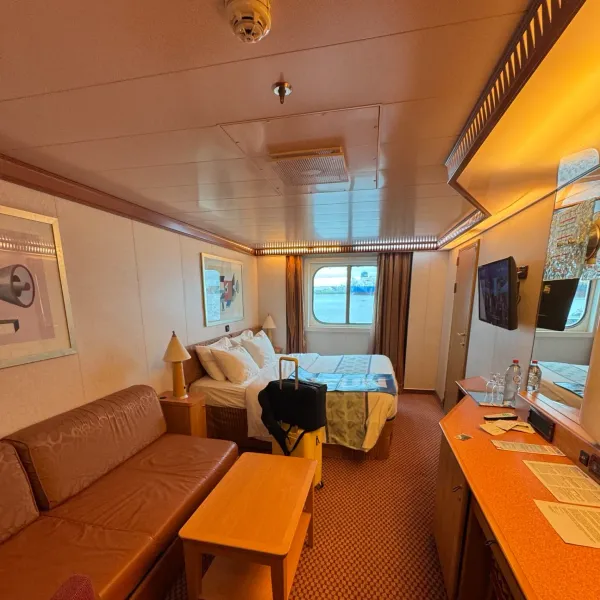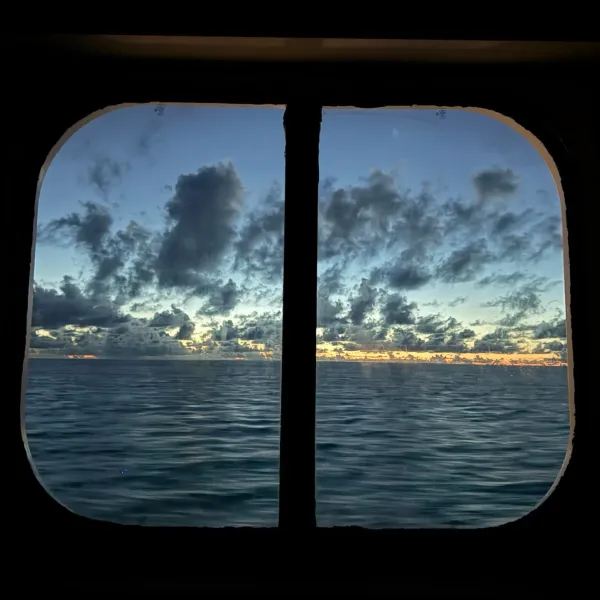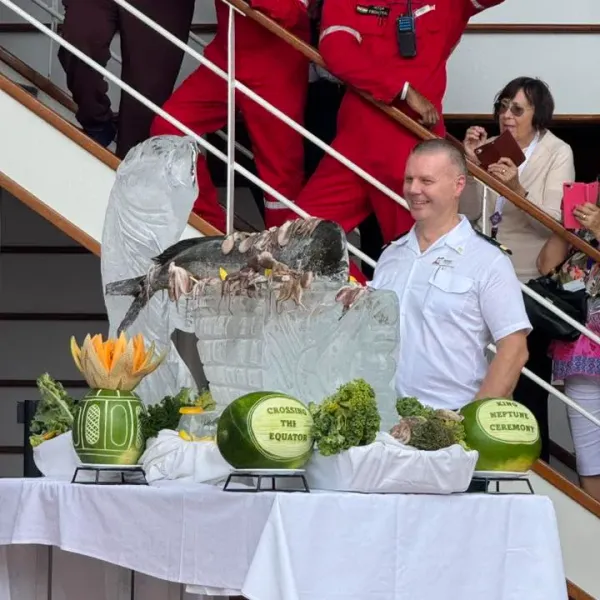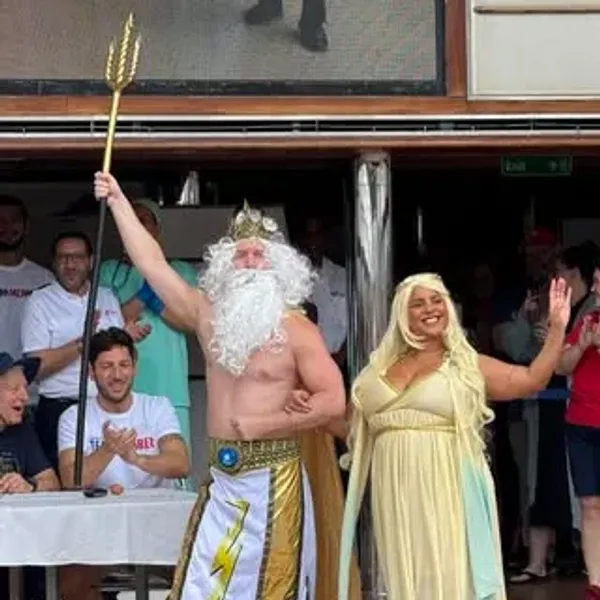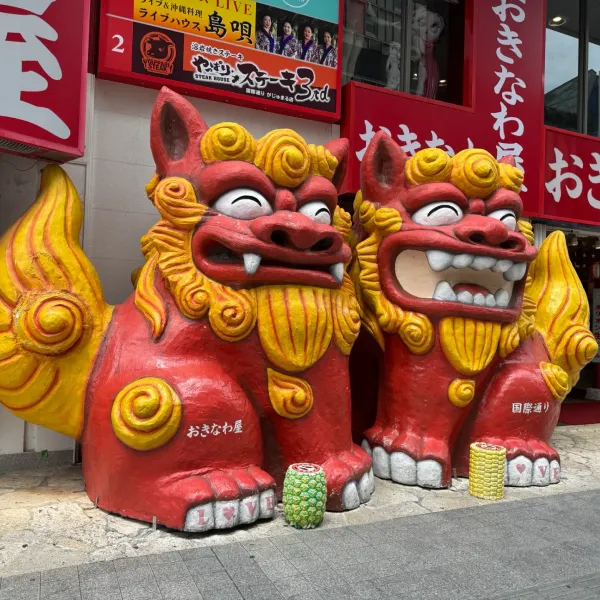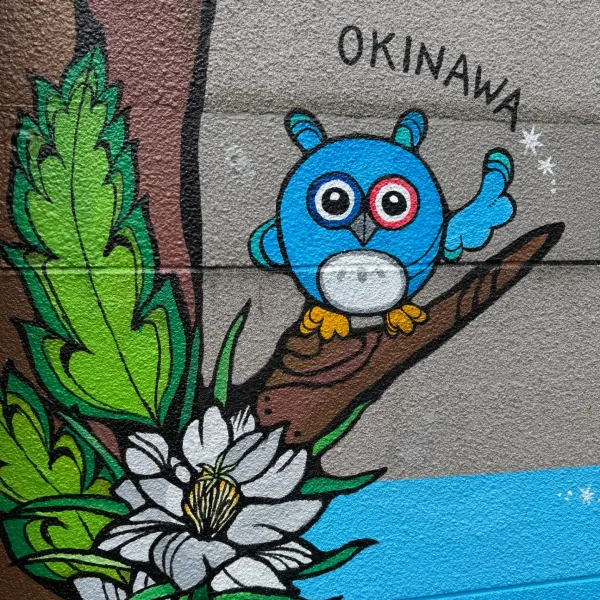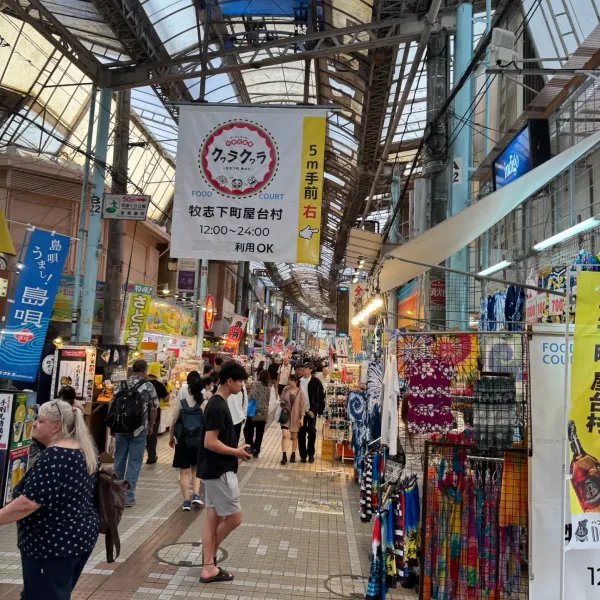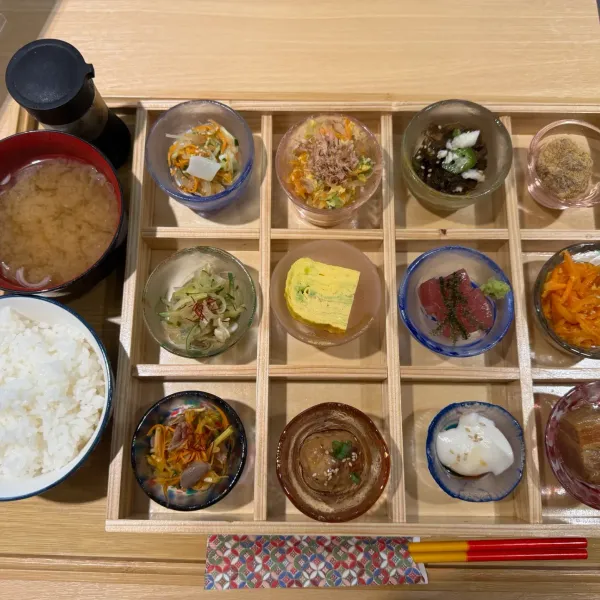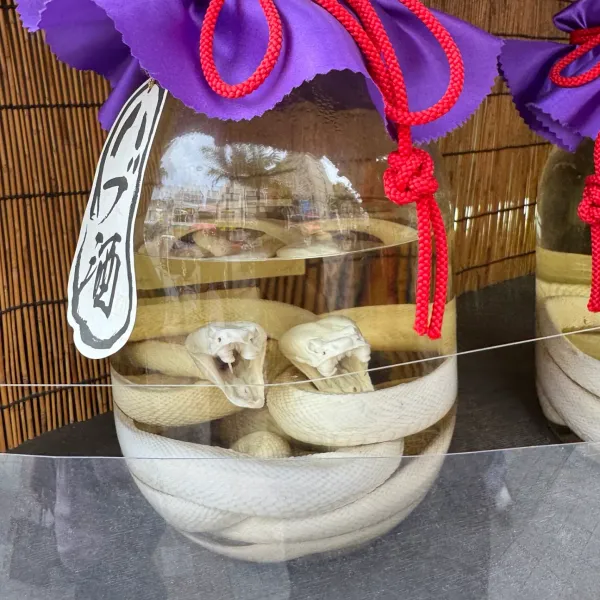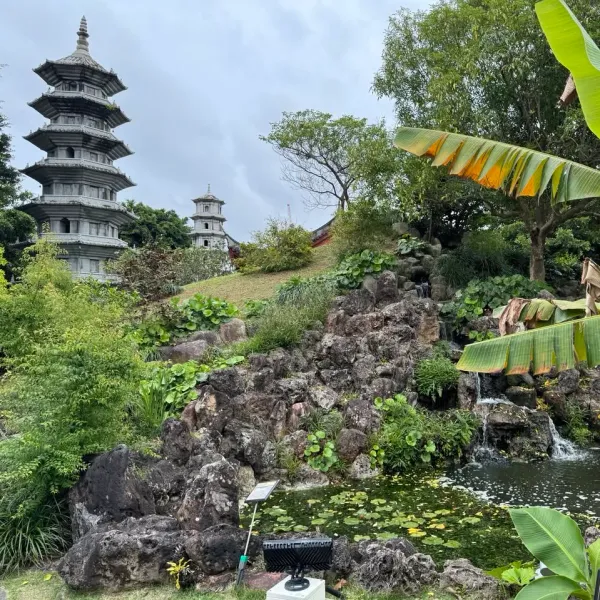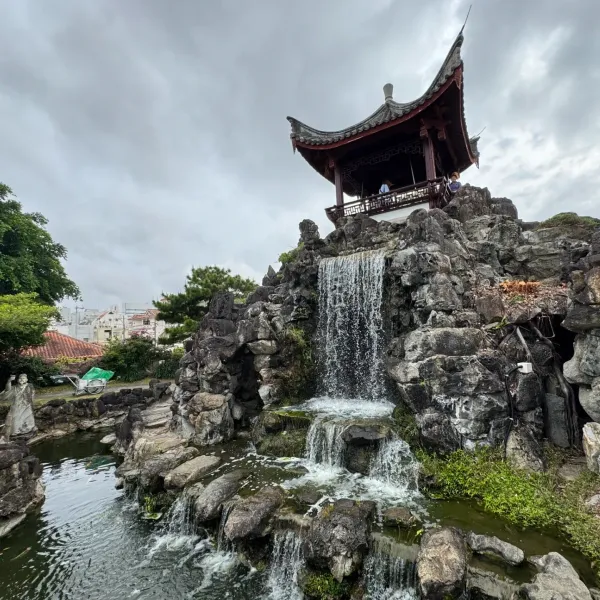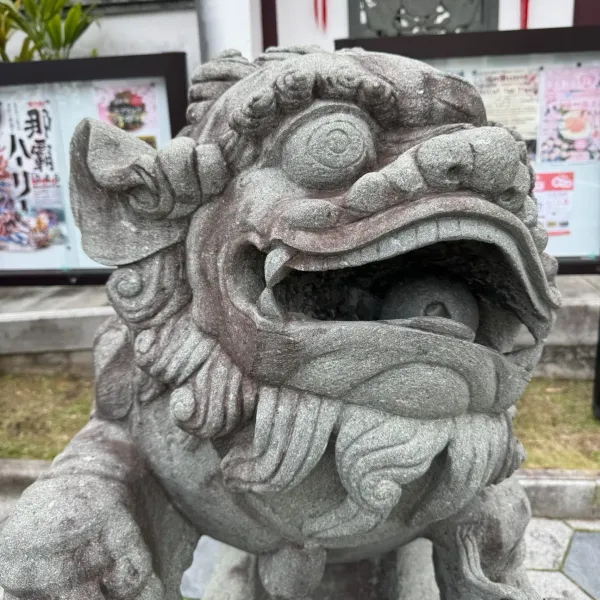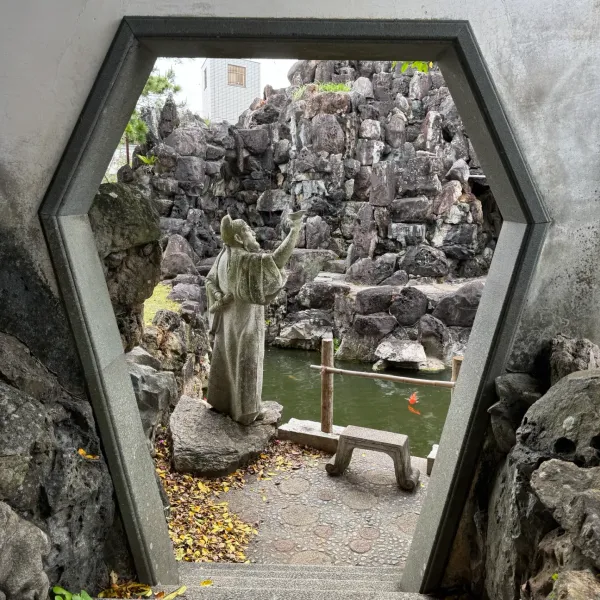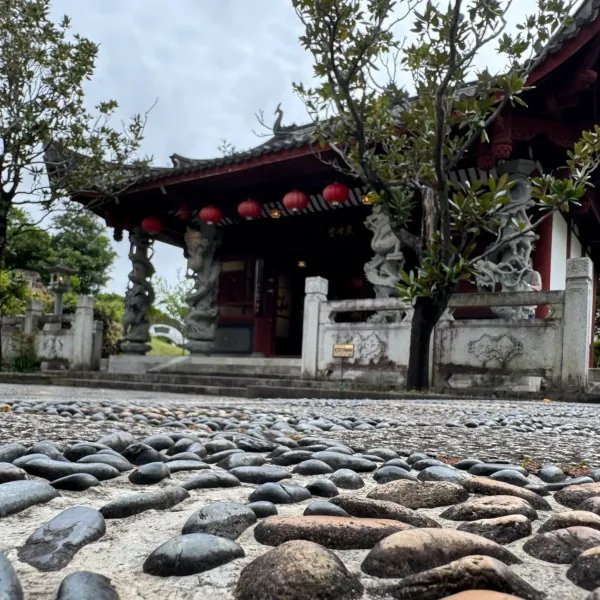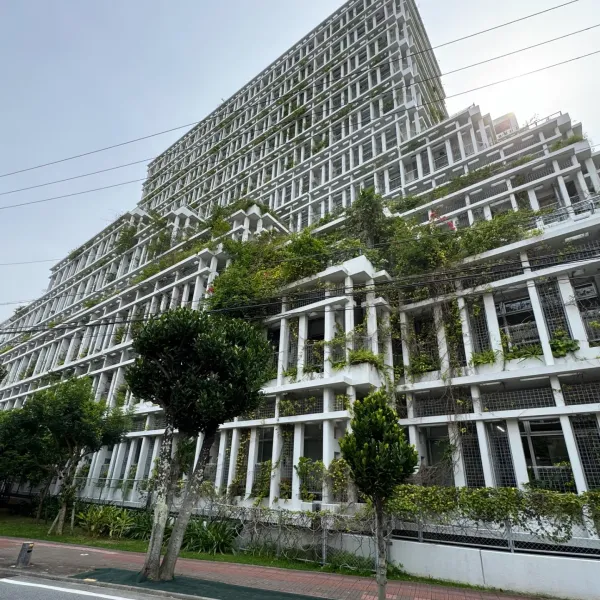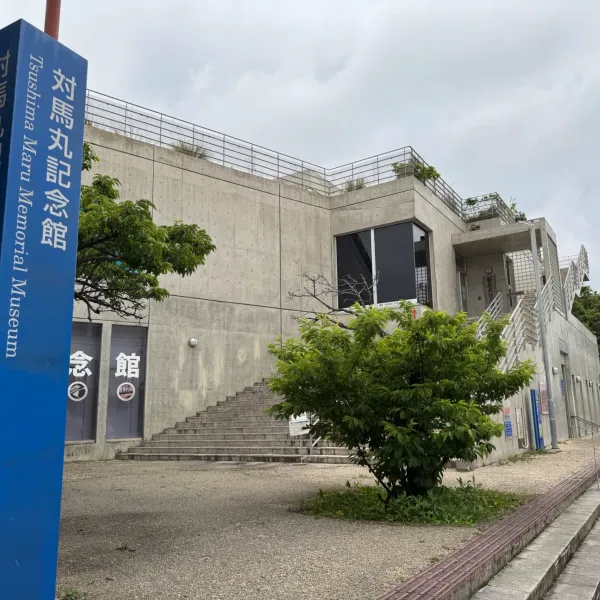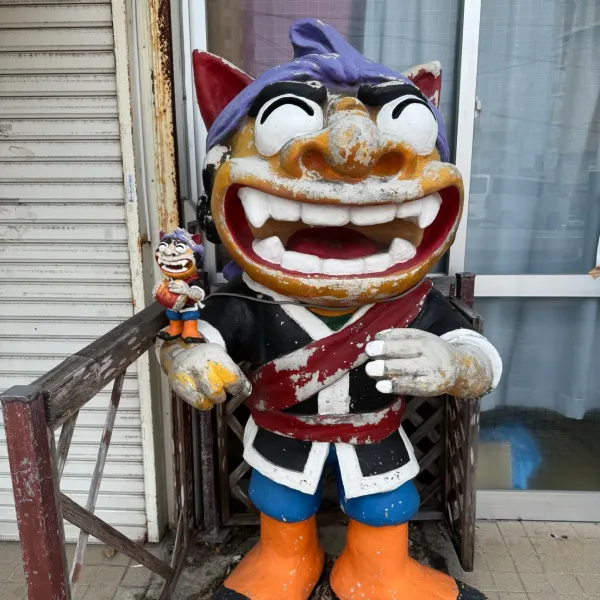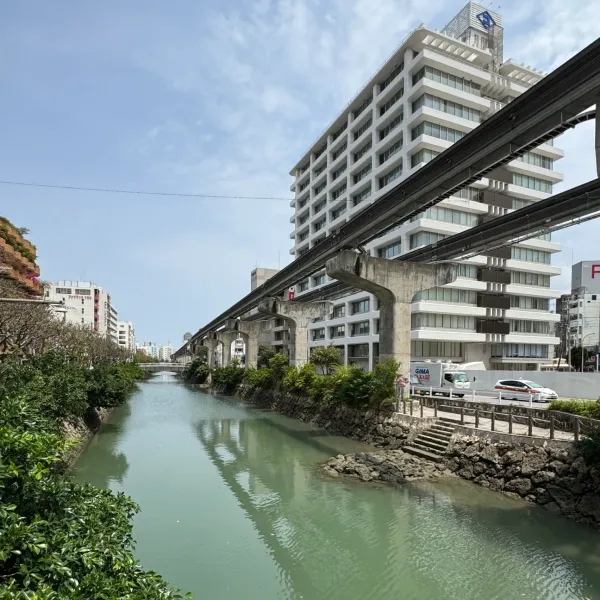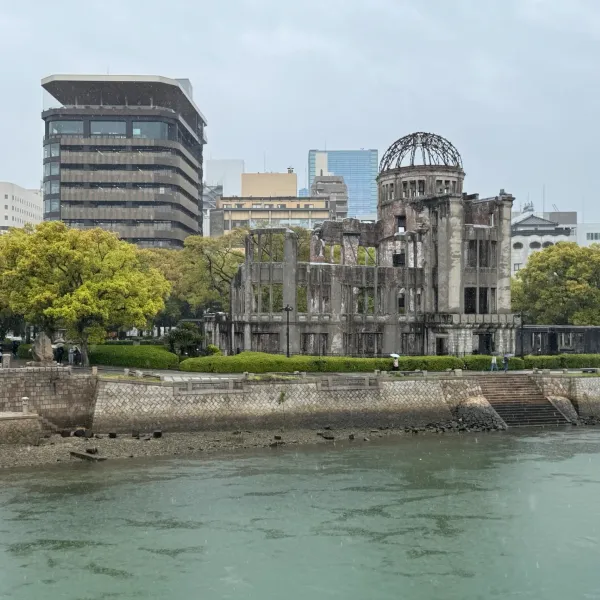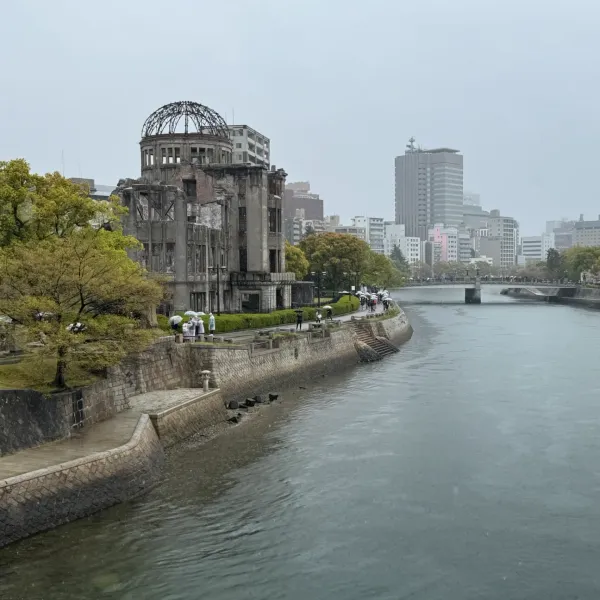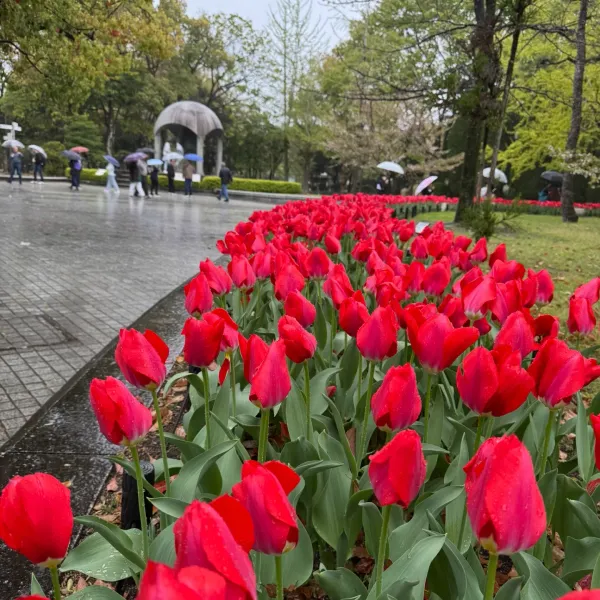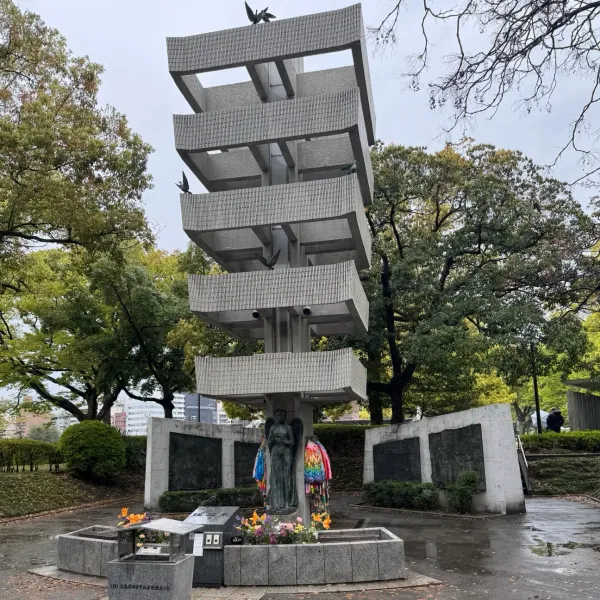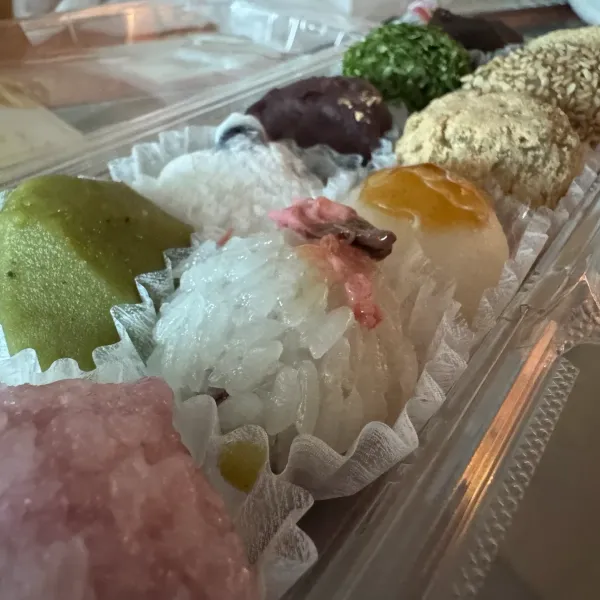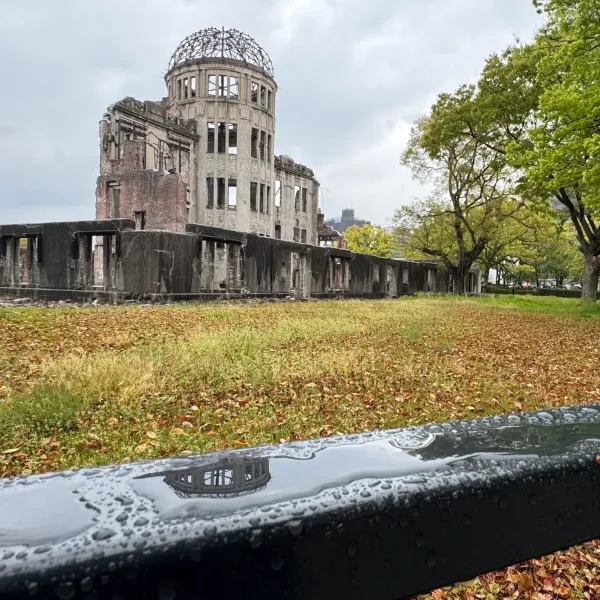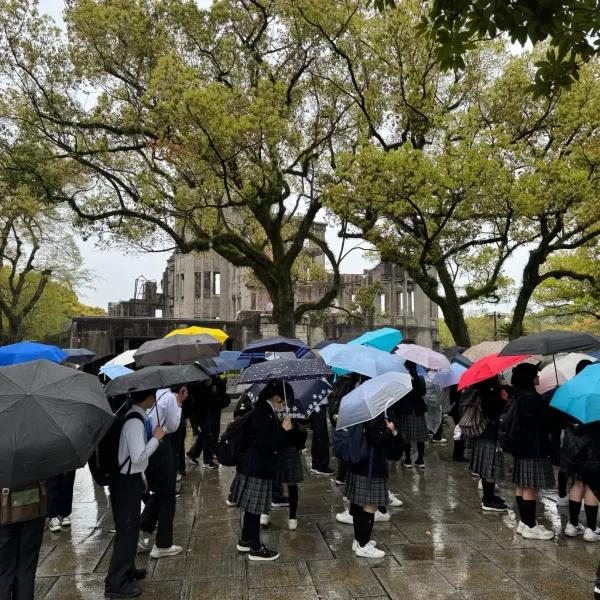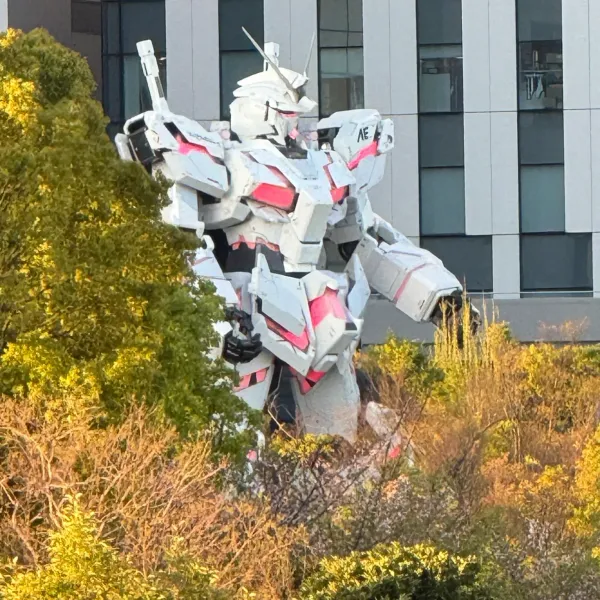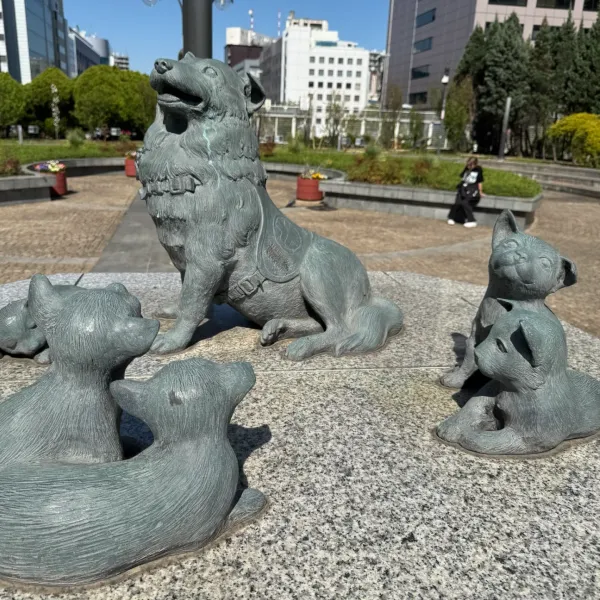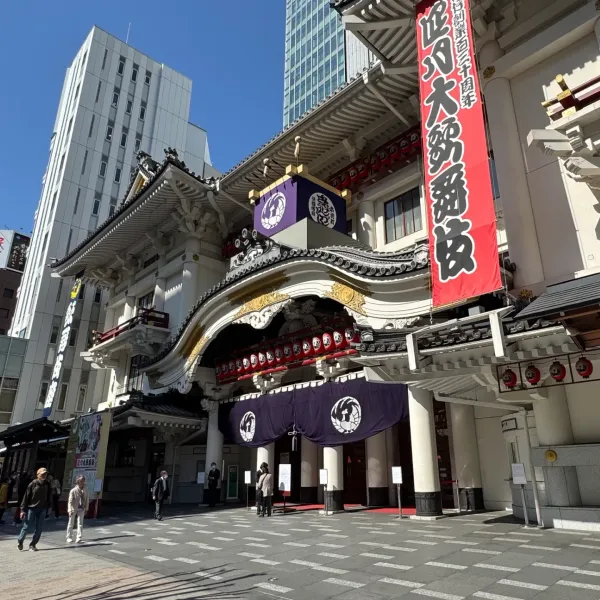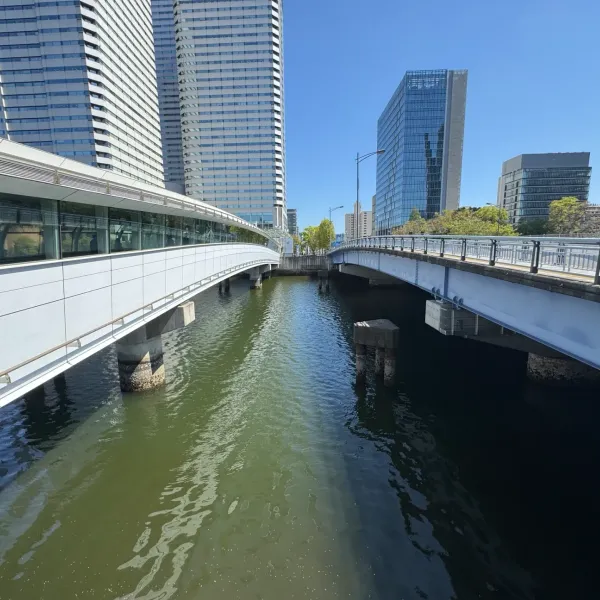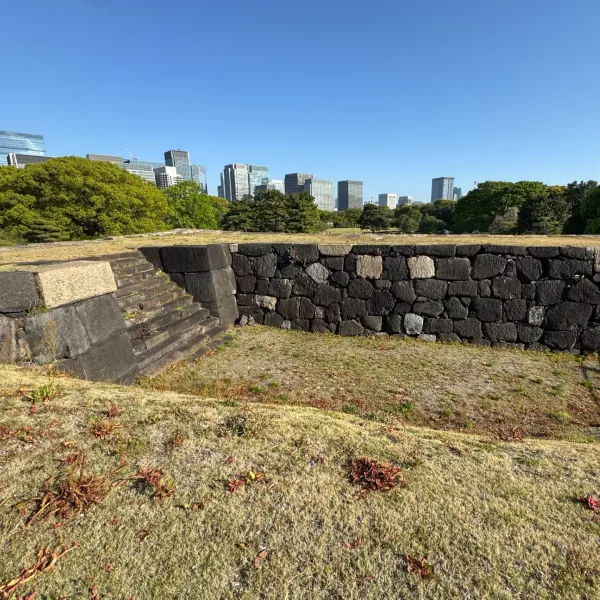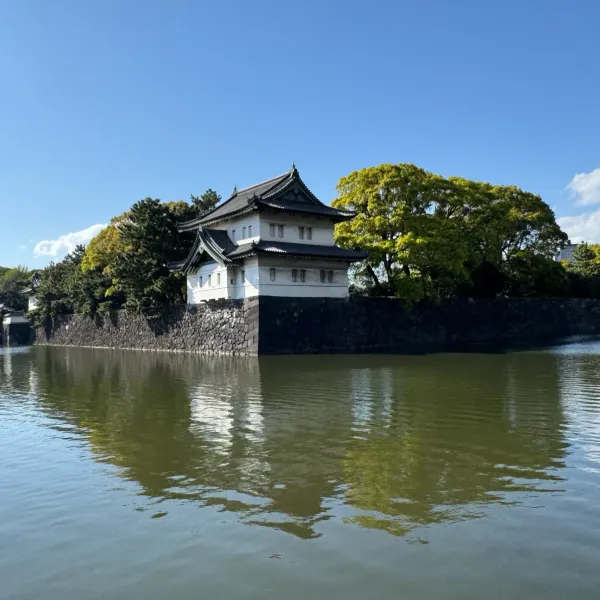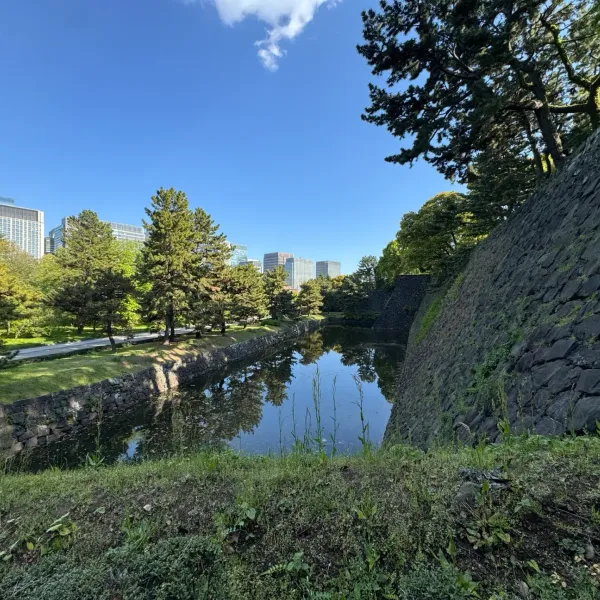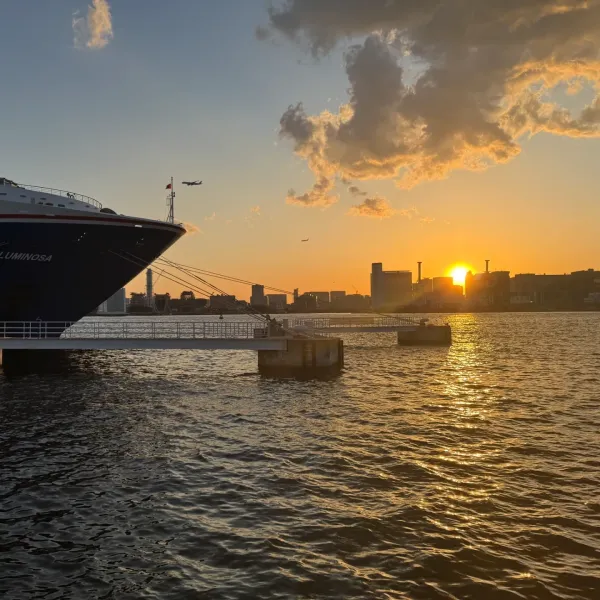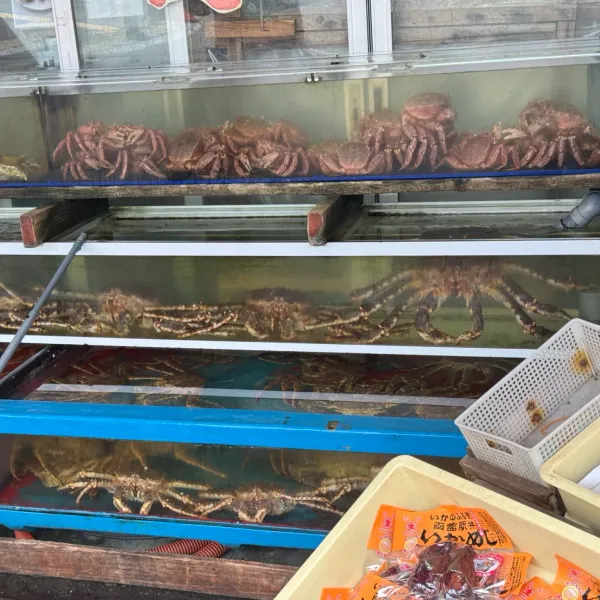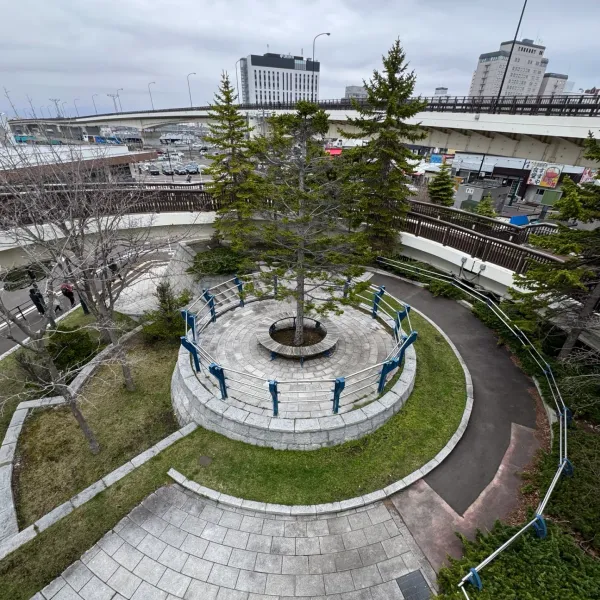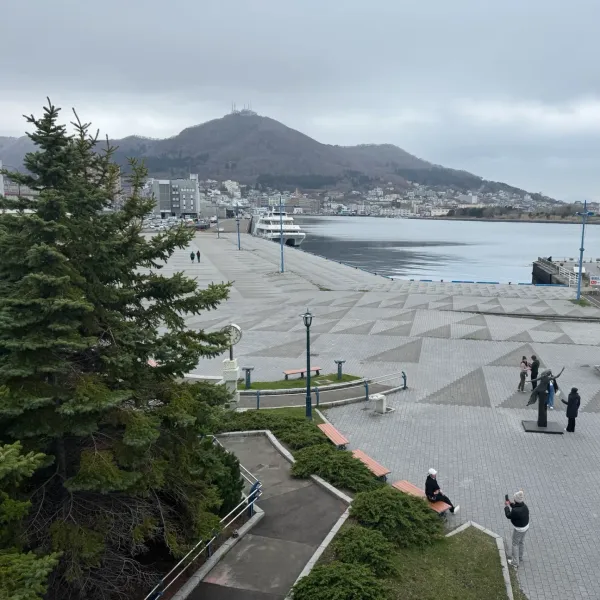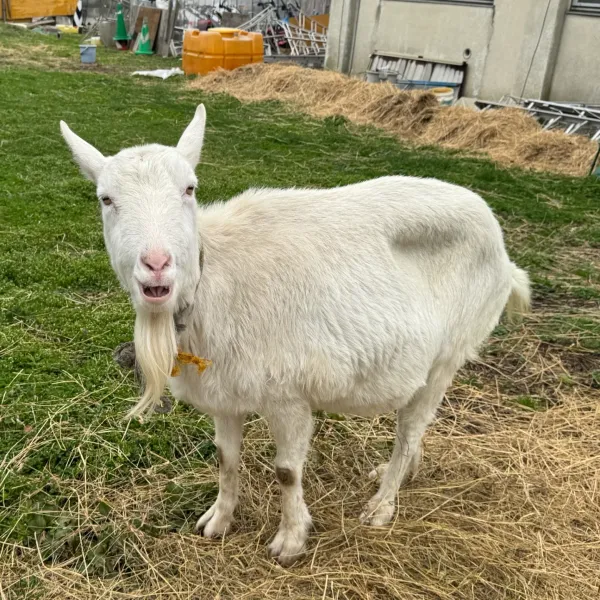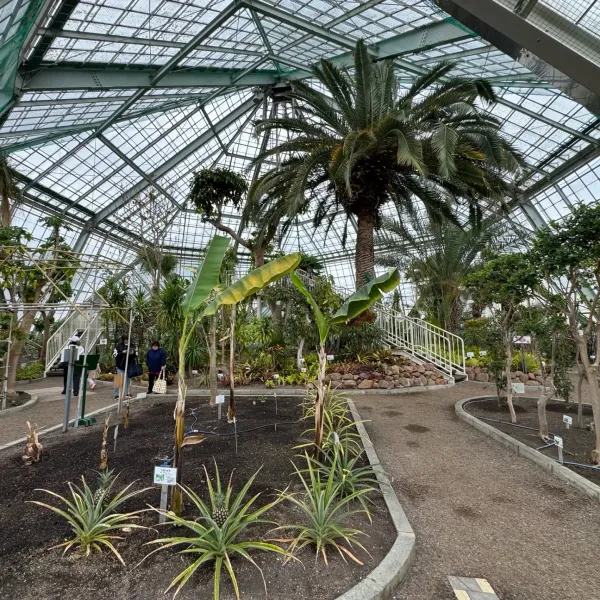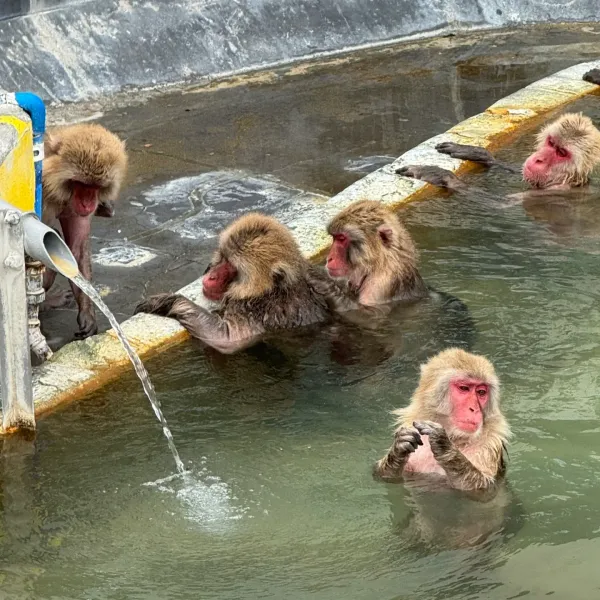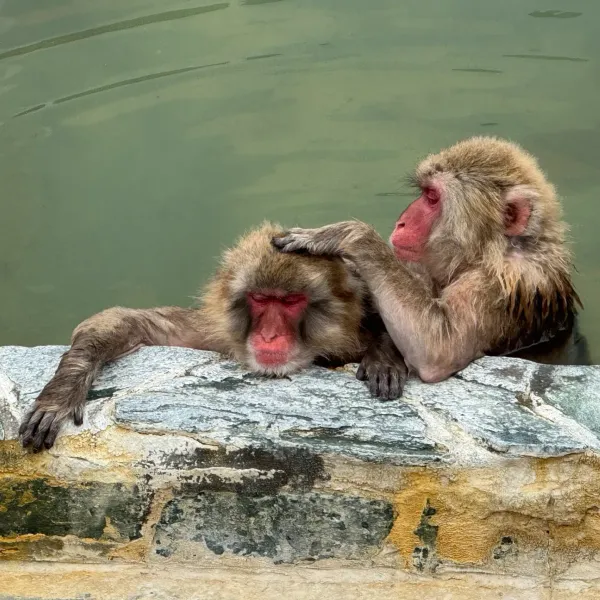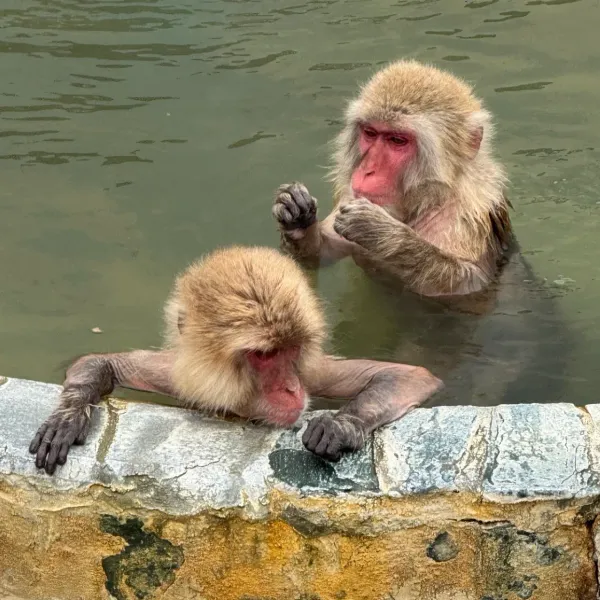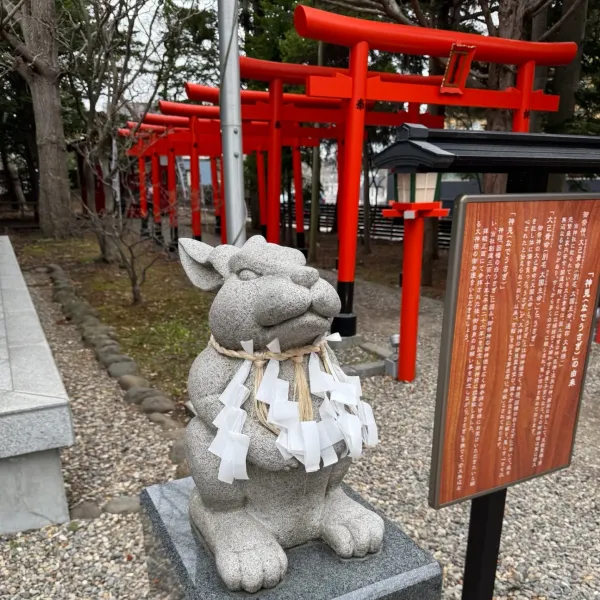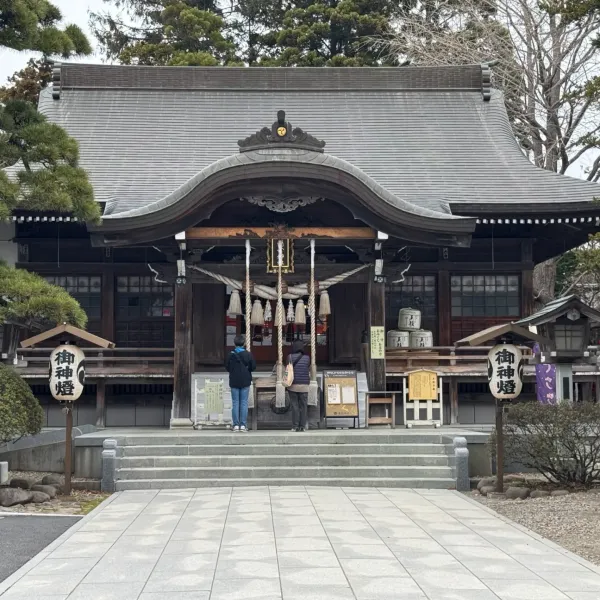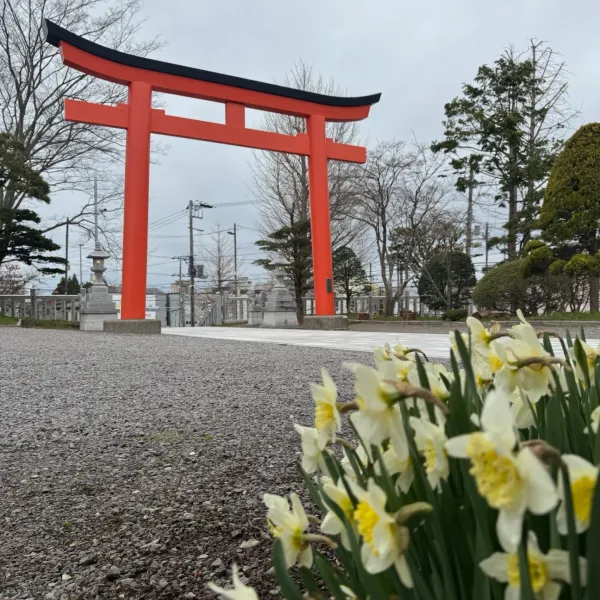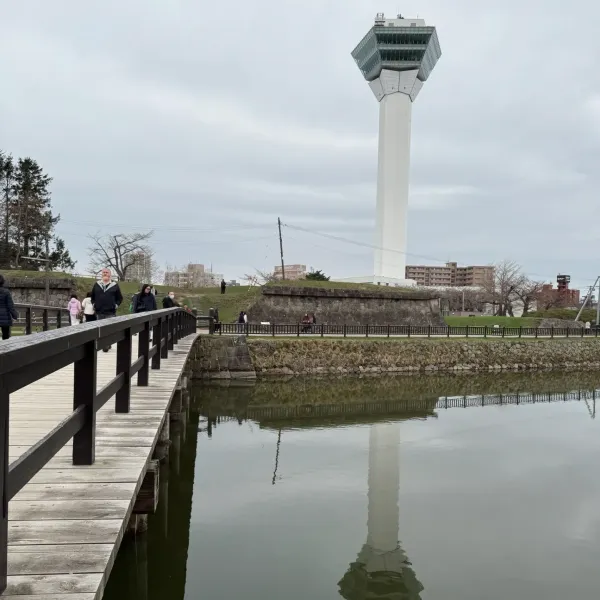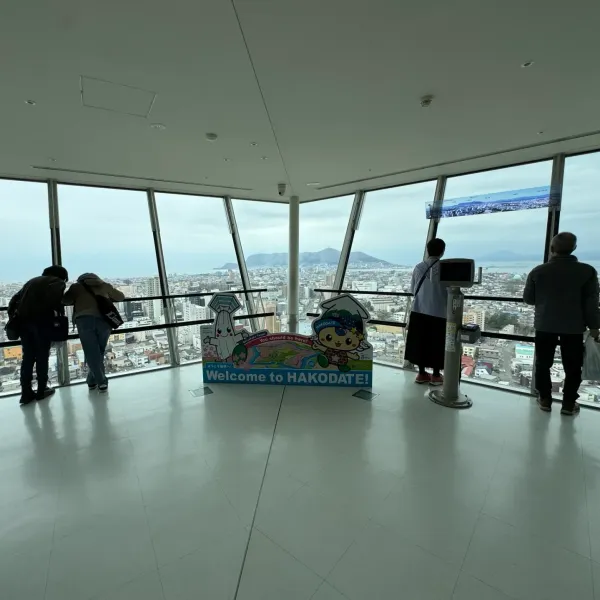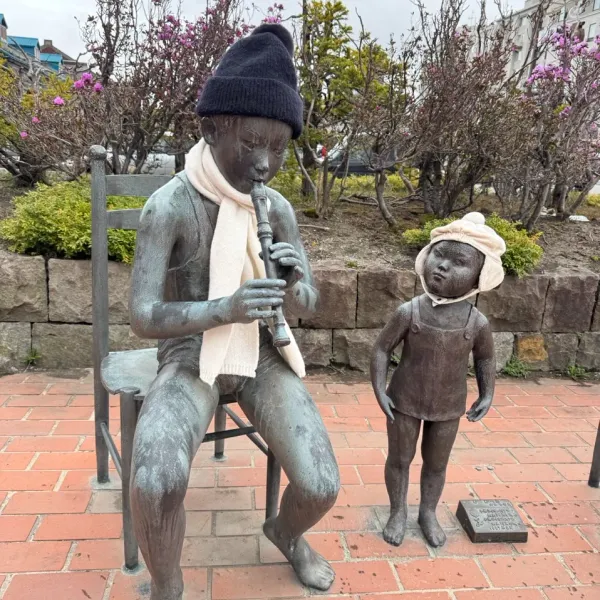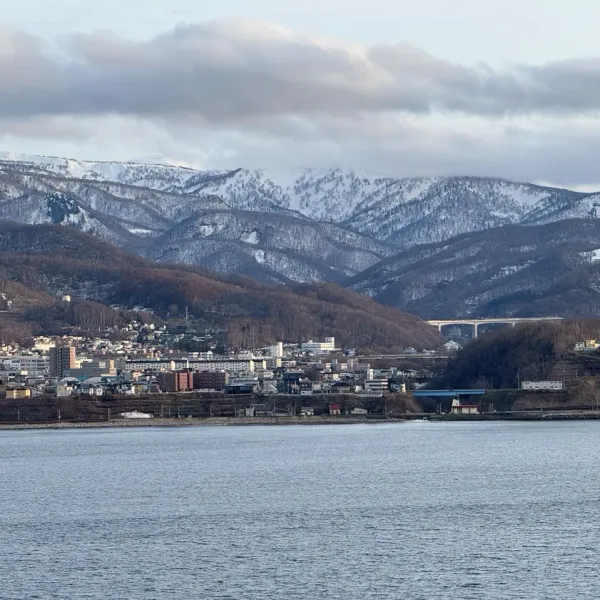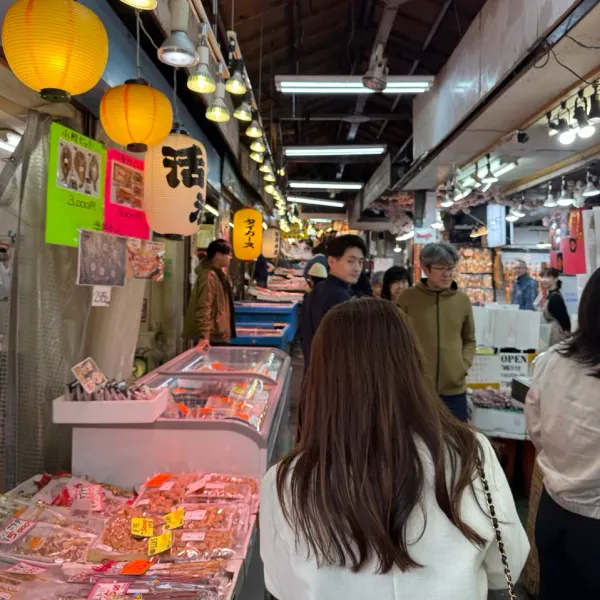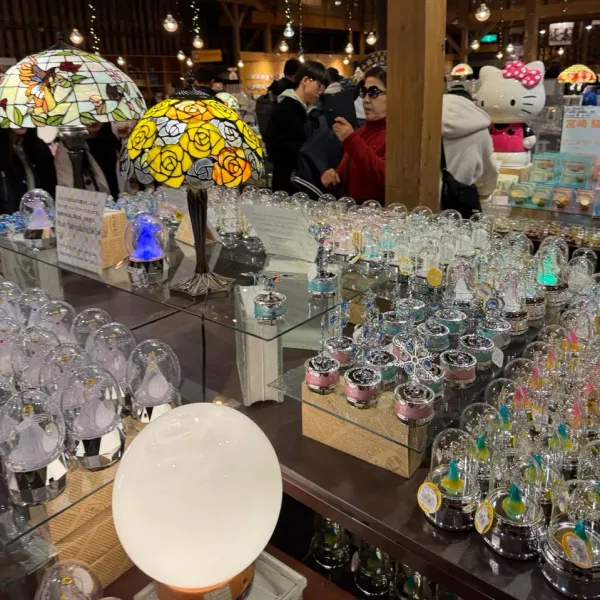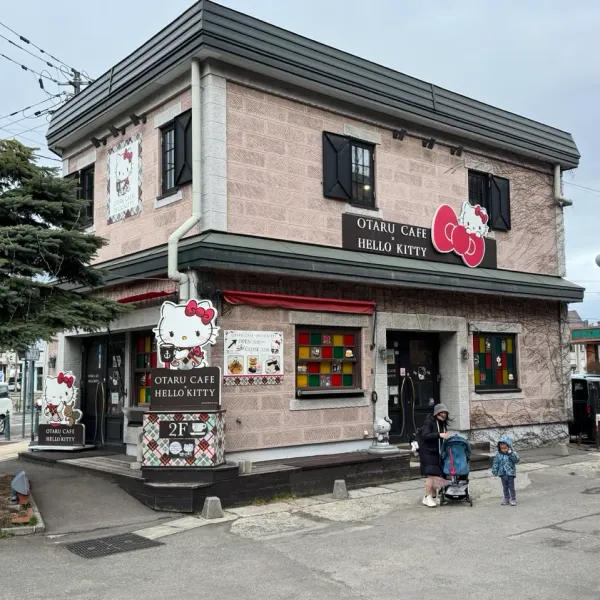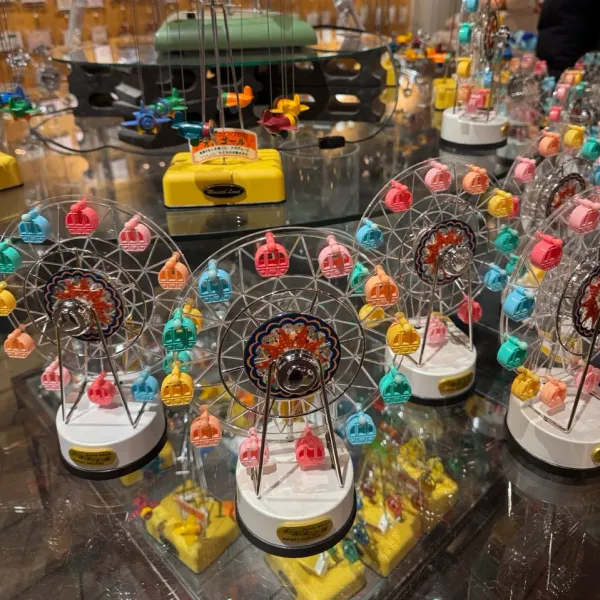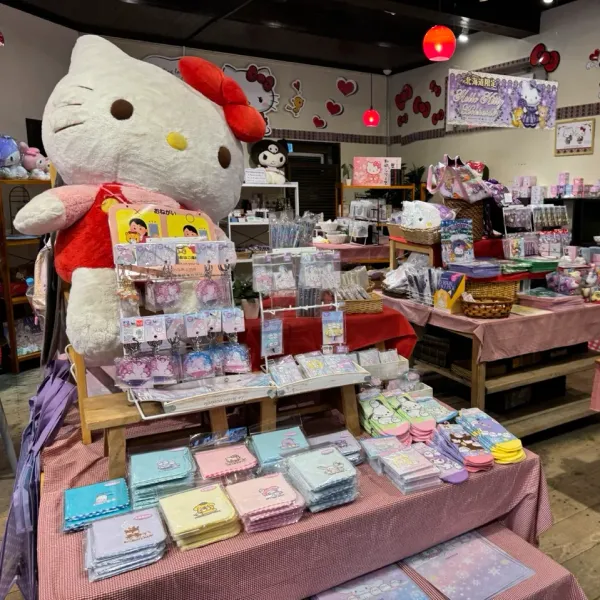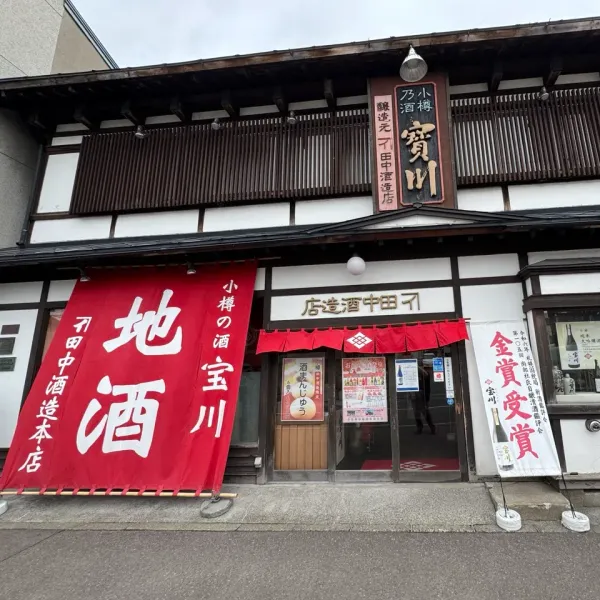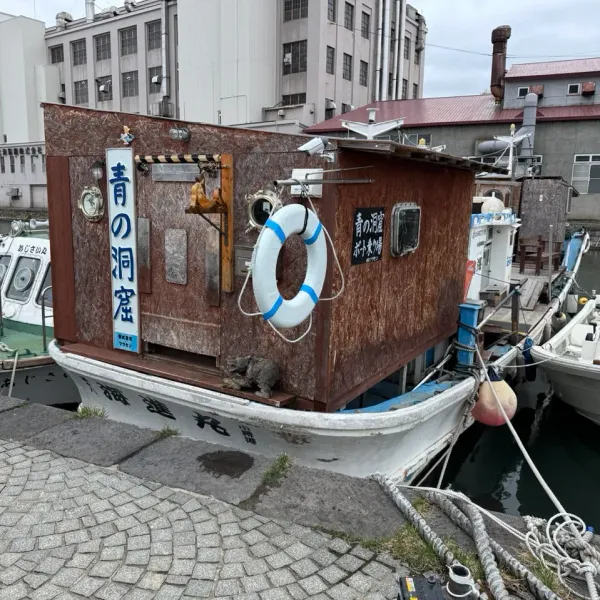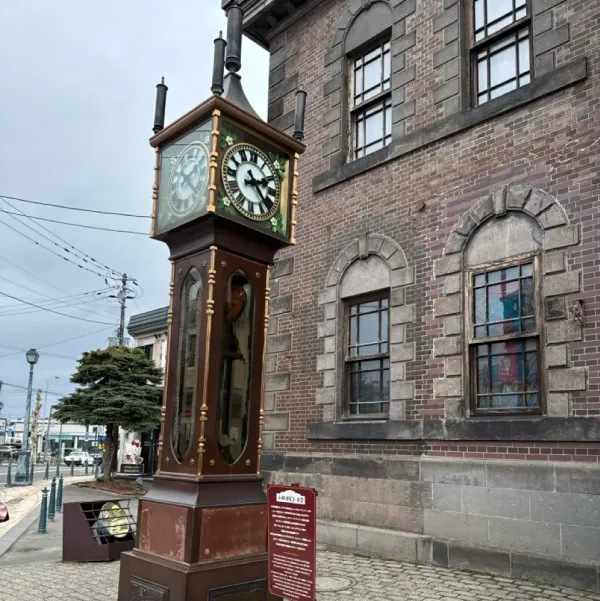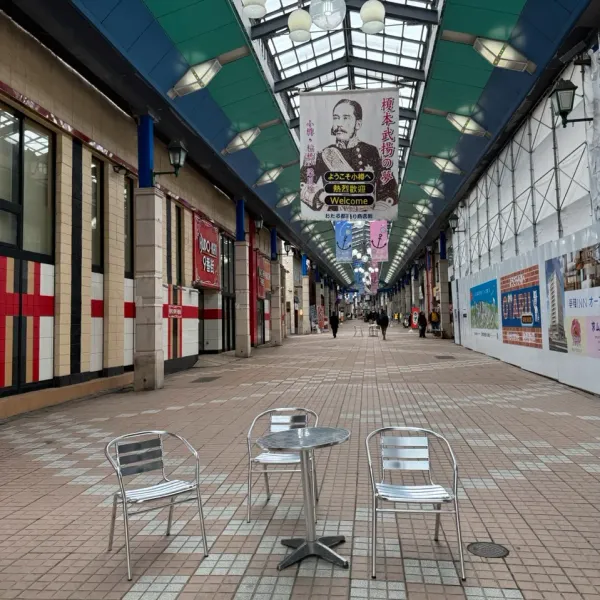
Cruising through Japan from Okinawa to Otaru
This is part two of a three-part, seven-week trip traveling through New Zealand, Australia, Japan and Alaska.
- Part 1: Auckland and Brisbane
- Part 2: Cruising through Japan from Okinawa to Otaru
- Part 3: Crossing the Pacific from Japan to Alaska
Introduction
In this post, I start a 29-day cruise on Carnival Luminosa from Brisbane, through Japan, to Alaska and ultimately Seattle. This part will cover the journey from Brisbane to the northern tip of Japan, just before turning east toward North America.
Booking the Cruise
Two years ago, I did a “Carnival Fun Match” of my Caesar’s status to get a free cabin cruise which I redeemed for a 22-day transpacific. Since then, I’ve “gambled” enough that I continue to get the occasional last-minute cruise offers.
I’m usually only interested in Carnival’s ocean crossing “Journey” cruises. There are only so many of these longer, repositioning voyages, and they typically occur in spring and fall.
While this was a spontaneous booking by most people’s standards, I knew Carnival had this 29-day voyage and had been hoping to get an offer for this specific cruise for over a year. During that time, I idly researched flights and hotel options to be ready in case the opportunity arose. When an offer for a free ocean view cabin arrived in my inbox in late February, I booked it immediately and soon had flights and hotels as well.
With Carnival, a free cabin means you still need to pay taxes, fees and gratuities. This came to a total of around $1,380, which included $200 in onboard credit (so really $1,180). This gave the cruise a cost of around $41 per day. This doesn’t include drinks, wifi or excursions.
I consider this to be a little on the expensive side, but even with $20/day for WiFi for work, it’s not bad compared to a month of expenditures at home.
Luminosa
This was my second time aboard Luminosa, and controversially, it is still my favorite ship. As the smallest vessel in Carnival’s fleet, it lacks many features of larger ships and some areas like the piano bar are a little awkward. It also feels a bit dated in several areas.
However, at full capacity, it carries fewer passengers than any other ship. On these transpacific voyages, many of the cabins run at single occupancy. There are almost never any lines. The passengers seem happier and so do the staff. I love it.
The Cabin
I had an oceanview cabin on deck one. The last time I sailed on Luminosa, I had a balcony cabin, which was fantastic, but this would be my second choice. The window had a low view to the ocean, and I loved the nights with rough seas when waves would sometimes splash up to the window. Near the bow, it was also pretty good for watching birds and the occasional flying fish.
Crossing the Equator
When crossing the Equator, Carnival always has a special ceremony paying tribute to King Neptune and his lovely wife Salacia. Usually, select crew members are singled out and punished for crimes such as coming on the cabin intercoms too early in the morning or pushing all the buttons in the elevator. Then they are made to kiss the fish. My suspicion is that these are team leads, and so it’s a bit of a treat for the regular crew to see them covered in spaghetti.
This ceremony is always very crowded making it hard to get good photographs. These actually came from other passengers with a close up view, posted to the cruise facebook group specifically so others could use them.
Japan
From Brisbane, it took nine full sea days to reach the port of Naha in Okinawa, which sits about 400 miles south of mainland Japan. This is actually longer than it took to cross the Pacific sailing from Japan to Alaska.
Naha, Okinawa
After getting off the boat in Naha, I walked a couple miles to the Naha Kokusai Dori Shopping Street, which is a bit like an open air mall, but with a sturdy roof, and across multiple streets. There is a mix of permanent and semi-permanent stalls throughout. Here, I had lunch at a place called Ryukyu Obanzai Tsukaya where they serve a dish that has sixteen bite-sized bits of yum.
On the way back, I stopped at the Fukushūen Gardens. The entry fee was around $1-2 and they miraculously took credit cards, which is a little less common in Japan.
The rest of are just pictures from walking around town.
Hiroshima
In Hiroshima, a bus ferried us from the port to a nearby train station where we got some help from a local who pointed us in the right direction. From there, we took a trolley to downtown. These trolleys are all single car with a driver. They require exact change, though there are machines on board that can make change.
Downtown, I visited the Atomic Dome and Peace Memorial Park, where the first atomic bomb was detonated killing 140,000 people. Suffice to say, it is a somber site.
Tokyo
I decided to walk from the port to Tokyo’s world-famous Teamlabs installation. Unfortunately, they were sold out with a two week lead time. So I changed gears and walked all the way to the Kokyo Gaien National Garden and Imperial Palace.
The journey from the port to the center of Tokyo crosses five separate islands. The waterfront is pretty, and the inner islands are bustling. However, most neighborhoods felt like business districts and I only passed one giant robot. Next time, I think I’ll take a train to Akihabara where Godzilla can be seen lurking behind the skyline.
The city center park, with the gardens and palace were neat to see, but perhaps a little disappointing after the long walk. Most of the area was just flat grass and trees. Parts of the palace ground and gardens were closed, either as part of their regular hours or for construction. The fortifications around the moat, and the moat itself were impressive.
At this point, my pedometer told me I was over 10 miles and so I took the train back to the port. The station was a little hard to find and the train a bit crowded, but it was blissfully tap-in/tap-out visa friendly. Below you can see a few pictures from the port, Mount Fuji at dawn and then another of the sun setting south of Tokyo.
Hakodate
I started the day in Hakodate by walking through the morning seafood market. This is just a few blocks from the port, and every store has tank after tank of giant red king crabs. From there, I hopped on the trolley to the Hakodate Tropical Botanical Garden on the eastern side of the city.
The botanical gardens are famous for their hot-tubbing macaques who have an enclosure fed by hot springs. They looked content, but also a little pathetic in that they didn’t appear to have much else to do besides hanging out in the water. The garden portion of the attraction consisted of a greenhouse with plants from several different climates.
On the way back to the trolley stop, I stopped to visit the Yukura Shinto Shrine. The shrine dates back to sometime between 1450 and 1610 and is said to have been founded in part due to the hot springs in the area and their healing properties.
My last stop in Hakodate was at the Goryokaku star fort, now a historic park filled with cherry blossoms. For 1200 YEN, you can take an elevator to the top of the observation tower. Had we been there two weeks later, we would have seen a spectacular show of cherry blossoms, but I had to placate myself with cherry blossom gelato.
Otaru
Our last stop in Japan was in the port city of Otaru, a 45-minute train ride from Sapporo. I’d initially thought this would be a more industrial port, primarily for resupply, but it felt more like a weekend tourist town, with multiple large tourist-friendly markets, picturesque mountains and a rich history. It ended up being one of my favorite ports.
Summary
I often think of a cruise’s ports like a flight of beers. You’re sampling several different brews to see what you like, flagging things to order next time. In this sense, I think cruising Japan was an excellent way to visit the country for the first time. It mitigates some of the culture shock, you can adapt to the country port by port, learning how mass transit works, and getting help from your fellow passengers along the way.
This was a great trip and, despite catching a cold, I very much enjoyed my first visit to Japan. Next time, I’d like to spend some time in Osaka, Kyoto and the Akihabara district in Tokyo, perhaps experience their high speed train.
This is part two of a three-part, continue on as we sail from Japan to Alaska.
- Part 1: Auckland and Brisbane
- Part 2: Cruising through Japan from Okinawa to Otaru
- Part 3: Crossing the Pacific from Japan to Alaska

